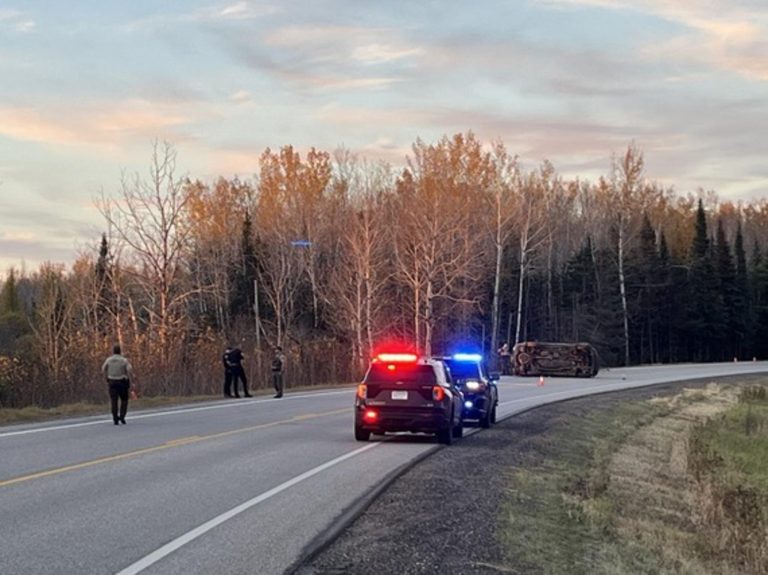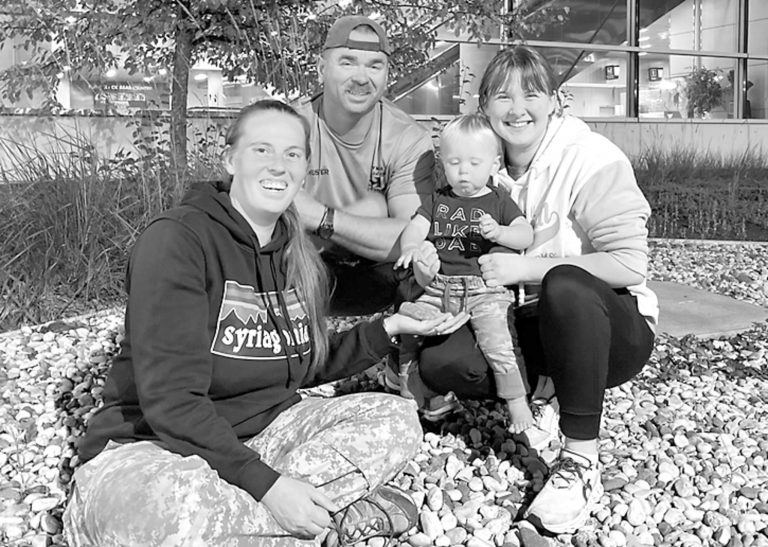Bridge to Health Survey seeks to find out “How healthy are we in the Northland?”
The 2025 Bridge to Health Survey is arriving in thousands of mailboxes across the Northland this month. This survey, which has been conducted every five years since 1995, seeks to answer the all-important question “How Healthy is the Northland?” The comprehensive survey includes questions related to physical and mental health, nutrition, exercise, tobacco and alcohol use, dental care, insurance coverage, access to care, access to internet, and social connection and belonging.
More than 40 organizations in nine northern Minnesota counties, along with Douglas County, Wisconsin, have joined together to conduct the survey, which is coordinated by Generations Health Care Initiatives. Sponsoring organizations include local hospitals, clinics, community health centers, mental health centers, public health agencies, the Minnesota Department of Health Statewide Health Improvement Program, community non-profit organizations, foundations, health plans, and educational institutions. (See attachment for complete listing.)
“The insights gained from the survey has led to positive changes in health outcomes and health-related programming and policy. Households throughout the region are randomly selected to complete the survey. It is this collective impact of individuals taking time to participate in the effort that results in the survey’s continued relevance, said Jessie Peterson survey co-chair and Executive Director of Generations Health Care Initiatives. “All individual survey responses are kept confidential, and the aggregate data is used by a diverse array of organizations across our region to improve the health of area residents.”
Some examples of how organizations have used information gathered during past surveys include:
In Duluth, the survey identified the need for fresh food in the Hillside neighborhood; a Farmer’s Market has since been established to meet that need.
In Carlton County, information gained through the survey was used to motivate worksites to make changes to improve employee health and well-being.
The Duluth Area Family YMCA utilized data from the survey to secure grant funding to provide food access and nutrition education to local school districts, resulting in the distribution of over 30,000 healthy meals to local families over the past two and half years.
In International Falls, the Rainy Lake Medical Center utilized data from the survey to obtain grant funding for planning the Rural Health Clinic.
In Douglas County, Wisconsin, the survey revealed high rates of uninsured people, demonstrating the need for a community health center. The Lake Superior Community Health Center later opened a site in Superior.
In Hibbing, the Chemical Health Advisory Committee used data to direct its alcohol prevention work.
Local hospitals used the data to evaluate existing programs and identify health improvement opportunities, such as improving cancer and cardiac preventive screenings.
This year’s survey is being conducted by University of Wisconsin-Superior’s Center for Research and Evaluation Services. Surveys are being sent to randomly selected households in Aitkin, Carlton, Cook, Itasca, Kanabec, Koochiching, Lake, Pine and St. Louis Counties in Minnesota, and Douglas County in Wisconsin. Results will be available in May of 2026.
More information about the 2025 Bridge to Health Survey can be found at bridgetohealthsurvey.com including reports from past surveys.


